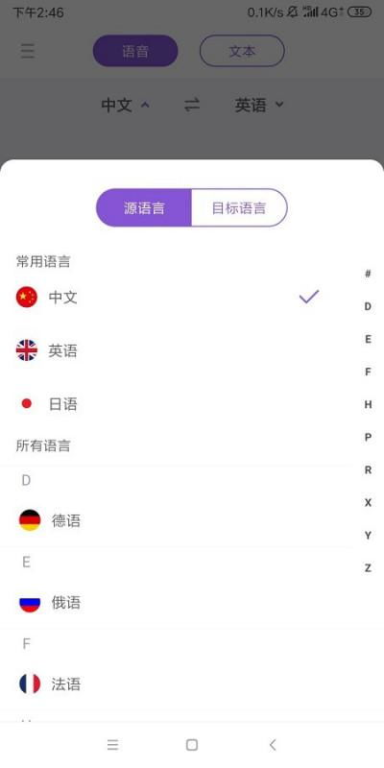In an age where global communication is paramount, the need to bridge language barriers has never been more critical. Translating Chinese to English online is not just about converting words; it's about conveying meanings, nuances, and cultural contexts accurately. This article explores the world of online translation from Chinese to English, offering insights into its challenges, advancements, and the tools that are making this process smoother and more accurate than ever before.

The Challenge of Translating Chinese to English Online
Translating between Chinese and English is fraught with challenges. These two languages come from vastly different linguistic families, making direct translation difficult. The Chinese language's complexity, with its tonal nuances, idiomatic expressions, and character-based script, presents a unique set of challenges that are not present in alphabetical English. Furthermore, cultural subtleties embedded in the language make accurate translation a demanding task that requires not just linguistic knowledge but a deep understanding of cultural contexts.
Technological Advancements in Online Translation
Technological advancements, particularly in the realm of artificial intelligence (AI) and natural language processing (NLP
), have significantly improved the quality of online translations from Chinese to English. Machine learning algorithms have evolved to understand context, recognize idioms, and even appreciate cultural nuances, making translations more accurate and natural. However, despite these advancements, the technology is not without its limitations, and sometimes human intervention is necessary to ensure the highest quality of translation.
Top Tools for Translating Chinese to English Online
Several online tools have emerged as leaders in translating Chinese to English efficiently. These include popular platforms like Google Translate, Baidu Translate, and Microsoft Translator. Each tool has its strengths, with some offering real-time conversation translation capabilities and others excelling in document translation. Though these tools are continuously improving, users should remain mindful of potential inaccuracies, especially in complex translations involving technical or industry-specific terminology.
The Role of Professional Human Translators
Despite the strides made in AI and machine translation, the role of professional human translators cannot be understated. For translations that require a high level of accuracy, such as legal documents, literary works, or specialized academic texts, human translators possess the irreplaceable ability to understand deeper contextual meanings and cultural nuances. Furthermore, they can navigate idioms and expressions that machines often misinterpret, ensuring a translation that is not only correct but also resonates with the intended audience.
Looking Ahead: The Future of Online Translation
The future of translating Chinese to English online looks promising, with continuous advancements in AI and machine learning paving the way for even more accurate and nuanced translations. Collaborations between humans and machines are expected to become more seamless, leading to a hybrid model of translation that combines the efficiency and scalability of machines with the nuanced understanding of human translators. As we move forward, the focus will likely shift towards improving contextual and cultural accuracy, making online translations more reliable and meaningful.
Translating Chinese to English online has come a long way, thanks to technological advancements and the invaluable contributions of human translators. While challenges remain, especially in preserving the depth of cultural nuances and idiomatic expressions, the tools and techniques available today make it easier than ever to bridge the language divide. As we continue to refine these tools and methodologies, the future of online translation looks bright, promising a world where language barriers become increasingly surmountable.












评论区
提示:本文章评论功能已关闭